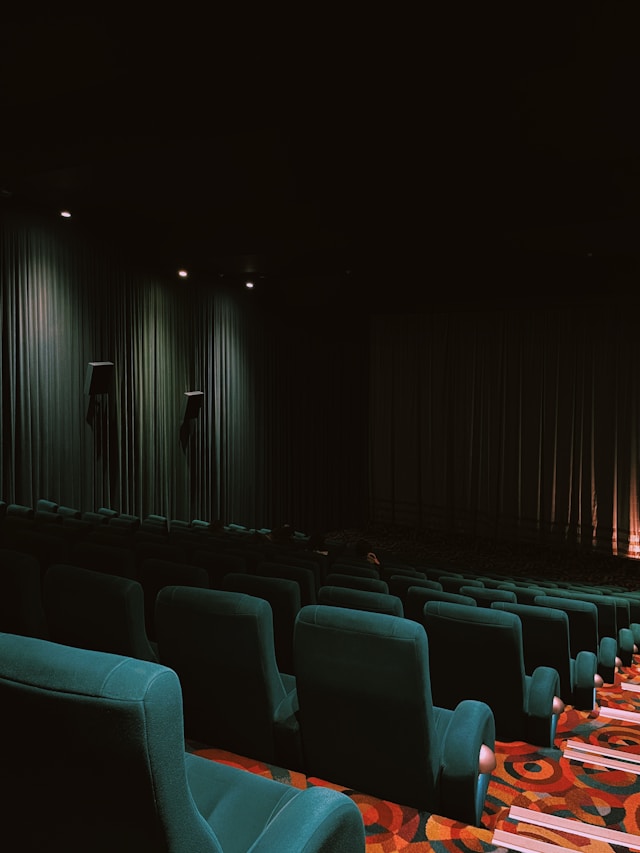Once upon a time, post-credit scenes were considered the recherché moment of the theatre experience.
Whether an actor breaks the fourth wall or sends a cheeky wink in the audience’s direction, it creates a padded layer of suspense and excitement for the viewers.
In this day and age, there is a practical test of patience while waiting through the credits to see a single scene that often lasts less than a minute. Personally, the novelty of never-ending endings has faded beyond its prime and is now an exaggerated practice most filmmakers abide by, like a chore.
During their prime, post-credit scenes have the power to enhance movie narratives and deepen the plot arc for committed fans. The conjured extended cuts and alternative endings feel like a deserved reward that the audience patiently waited for.
One of the most infamous examples of this was in Iron Man, when Nick Fury (Samuel L. Jackson) attempts to recruit Tony Stark (Robert Downey Jr.). This sneak peek hinted at the interconnected world of the Marvel Cinematic Universe (MCU) and illustrated a sense of continuation, which was supported through the original content in the film.
This begot more film studios to employ this incentive trick, to establish franchise seeding. Which, in turn, has created a lack of enrichment and rather feels like extra padding for the content. The MCU are infamous for utilising post-credit scenes to tease future plot arcs and upcoming content that can oftentimes dominate the takeaway from the original ending of the film.
Simultaneously, alternate endings offer the multi-faceted potential to guide the narrative. Whether that’s through establishing a sense of what could have been, or by offering a glimpse into future possibilities of what could happen. While the general agency of post-credit scenes can risk the sense of fatigue, constantly evolving and organic endings demonstrate the scope for improvement.
If a film’s narrative truly wants to resonate with the audience, the ending should be merited. Oftentimes, you can spot the difference between endings that are rendered ‘on a whim’, and when filmmakers create them with thought-provoking nuances. The classic early 2000s film The Butterfly Effect creates an iconic template that showcases how extended endings successfully entertain an audience. The four alternative endings to the film depict varying emotions that allow viewers to engage with the content in different ways. By offering a ‘happy ending’, you leave the theatre feeling satisfied, but simultaneously, the open-ended credits can create a deeper sense of interaction that leaves the film to the audience’s own interpretation.
On the contrary, many movie studios utilise post-credit scenes to capitalise on the success of the original movie by creating a design that ends up being a marketing triumph. Looking back, one of the most disappointing post-credit scenes I’ve ever seen was in Dawn of the Planet of the Apes, wherein the movie’s antagonist Koba (Toby Kebbell) is insinuated to be alive after his supposed death. The subsequent movies have not indicated any return to the character, nor hinted at any existence after that, which suggests that the scenes that exist were driven by the desire for box office success without considering any thematic elements that could contribute to the franchise’s seeding.
Alternatively, I can recall a few movies that have successfully delivered one-off post-credit scenes for comedic satisfaction and engagement. If you’re a die-hard Potterhead like me, you might be able to recall the post-credit scene from Harry Potter and the Chamber of Secrets, where the audience gets a glimpse of Gilderoy Lockhart (Kenneth Branagh) facetiously suffering from his amnesia after his mishaps in the main content of the movie. Despite Harry Potter being one of the biggest franchises in the world, none of the other movies have included any other post-credit scenes or alternative endings, which suggests a specific filmmaking intention from the writers to include a scene that followed the comedic tone that could be seen in the rest of the movie. The scene was not referenced in any other Harry Potter movies, and did not require any further enjoyment beyond its present viewing. It was short, satisfactory, and simple.
Since there’s no right or wrong when it comes to post-credit scenes, it gives us a lot of freedom. Is it necessary or worth staying for the post-credit scenes? I personally believe the quality of the film is the main determinant. If I like the film, I’ll think about staying. If not, I feel no obligation or guilt to leave the theatre. With the variety of cinema and genres that are offered to us today, there’s no pressure to enjoy whatever ‘realm’ you feel most connected with, regardless of the Schrodinger ending, is it good? Is it bad? Who knows!
Words by Sabina Singh
Featured image by Lennon Cheng on Unsplash. No changes have been made to this image. Image license found here.



